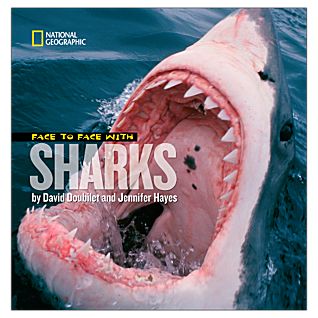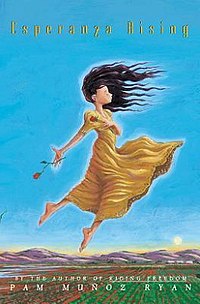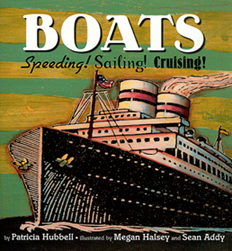Title: Eats, Shoots & Leaves: Why, Commas Really DO Make
a Difference!
Author: Lynne Truss
Illustrator: Bonnie Timmons
Non-Fiction #5
Let’s eat Grandpa. Let’s eat, Grandpa. Proper grammar can
save a person’s life!
I absolutely adored this book! Being somewhat of a grammar
girl myself, I found this book to be particularly funny but also important and
educational. Each page (or set of pages) introduces the same sentence with and
without a comma, or set of commas, that are necessary to the overall meaning of
the sentence. Children are sure to find themselves laughing along the way as
some of the sentences’ meanings are changed entirely simply by adding one
comma. The illustrations in the book are also wonderful because they help add
to the meaning of the book greatly as well as add to the humor of the book. I
found myself laughing at the pictures more than anything throughout reading the
story.
My favorite part of the book is the back pages that explain
why each sentence needs the comma and why it is wrong without it. Though the
terminology may be confusing for younger students, a discussion could be based
on the different meanings of the sentences. Additionally, the importance of
using commas to make sure what you’re saying is what you mean could/should be
emphasized. With older students, each sentence could be given to them without
any punctuation and they could try to find out or predict where the comma goes
before seeing the correct version of it. I think this book would be great to
use in any 3rd grade classroom or older and would be great reference
to any student who is struggling with the use of commas.















